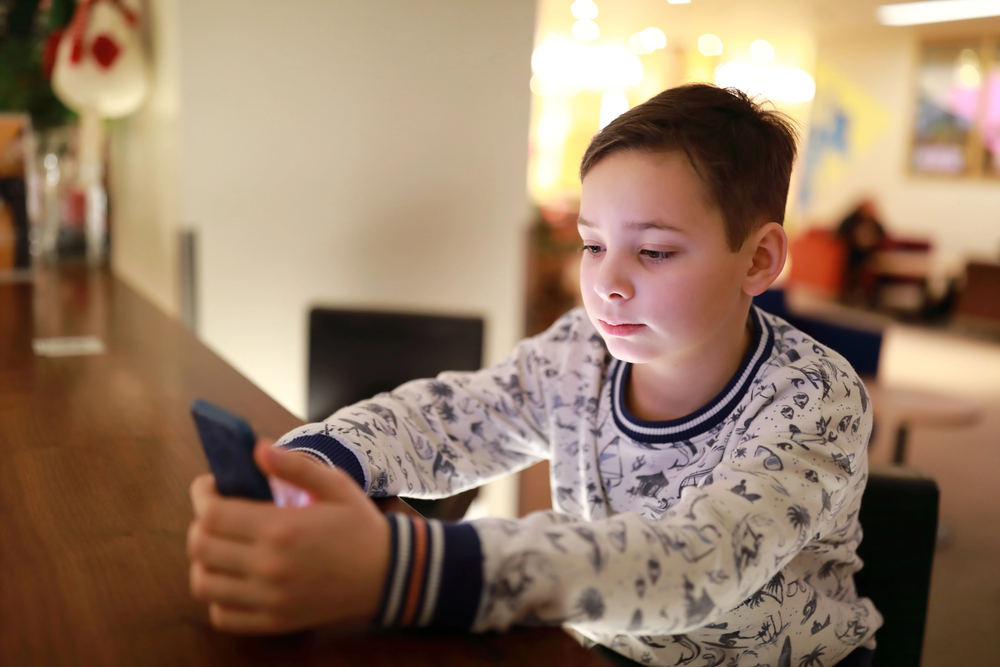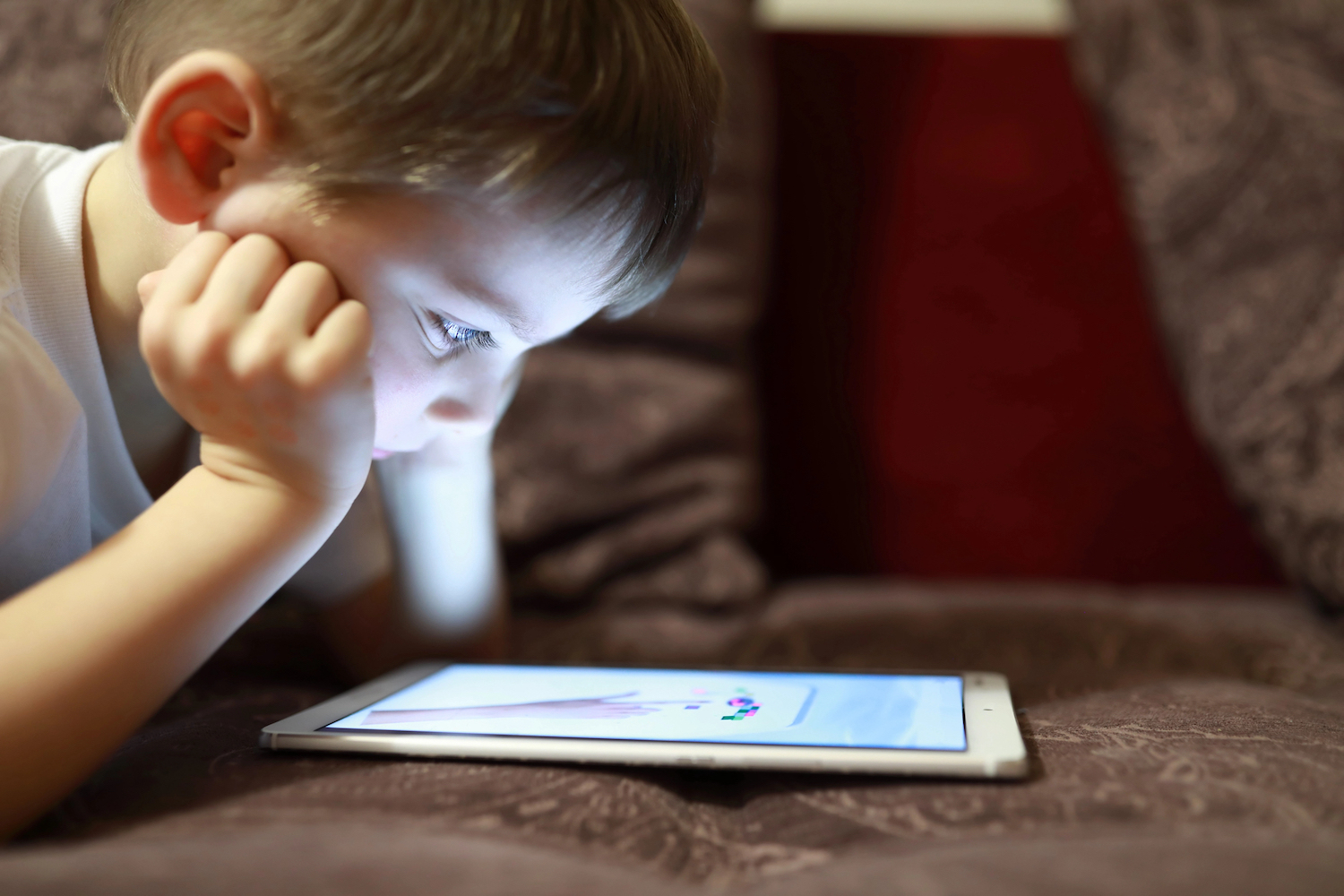In an era where screens dominate daily life, children are more connected than ever—yet paradoxically, many are also lonelier than previous generations. The rapid rise of digital media, from social networking apps to online gaming and streaming platforms, has reshaped how young people interact with the world. While these digital tools offer undeniable benefits, they also contribute to an emerging crisis of childhood isolation.
How does digital media fuel childhood isolation? And more importantly, what steps can parents take to help their children build meaningful, real-world connections?
The Impact of Digital Media on Childhood Loneliness
To understand the paradox of digital connection and loneliness, we must explore how online interactions shape children’s social behaviours and emotional well-being. Today, digital technology is woven into nearly every childhood experience, from toddlers learning on tablets to teens forming identities on social media. While these platforms enhance learning and socialisation, they can also undermine meaningful relationships and increase feelings of isolation.
One of the main concerns is passive engagement. Hours spent scrolling through social media, watching YouTube videos, or playing solo video games create an illusion of social connection but fail to provide the emotional depth of face-to-face interactions. Unlike in-person conversations, digital communication lacks the nuances of body language, vocal tone, and physical presence—elements that are key in building deep, lasting relationships. This can lead to feelings of emptiness and superficial connections, leaving children longing for more meaningful bonds.
Moreover, social comparison and exclusion on digital platforms can amplify loneliness. Kids often see posts about social events, vacations, or peer gatherings and may feel left out—even when they weren’t intentionally excluded. The curated nature of online content means what kids see is often an edited highlight reel, creating unrealistic expectations and contributing to feelings of inadequacy.
Moreover, the addictive nature of social media can lead to avoidance of real-world interactions exacerbating isolation. Some children, especially those struggling with social confidence, retreat into digital spaces where they feel safer. However, this only deepens the cycle of loneliness, as they miss out on the social cues and face-to-face interactions that help develop essential relationship skills.
Signs Your Child May Be Struggling with Isolation
Recognising when a child is experiencing loneliness or social isolation is essential in helping them develop healthier social habits. While some children may openly express feelings of sadness or disconnection, others may show more subtle signs. Here are key indicators that a child may be struggling with isolation:
- Increased screen time at the expense of social activities – A child who prefers digital interactions over in-person engagements may be experiencing difficulty connecting with others.
- Withdrawal from family and friends – If a previously social child begins isolating themselves, avoiding outings, or skipping extracurricular activities, it could be a sign of deeper emotional distress.
- Mood changes and irritability – Loneliness often manifests as mood swings, increased frustration, or heightened sensitivity to minor conflicts.
- Declining school performance – Difficulty concentrating, lack of motivation, or disengagement from schoolwork may stem from emotional distress linked to social isolation.
- Lack of enthusiasm for hobbies – If a child loses interest in activities they once loved, it may indicate a deeper sense of disconnection or loneliness.
- Frequent complaints of fatigue or physical ailments – Mental health challenges, including loneliness, can manifest physically in the form of headaches, stomachaches, or general lethargy.
Being attuned to these warning signs allows parents and caregivers to intervene early, helping children build stronger emotional resilience and social connections.

Strategies to Foster Real-World Connections
While digital media is here to stay, parents and caregivers can take proactive steps to ensure children develop healthy relationships and maintain meaningful real-world connections. Here are practical strategies to help children navigate the digital landscape while fostering genuine interactions:
1. Encourage In-Person Social Activities
Children need opportunities for real-world social engagement. Encouraging participation in team sports, creative arts, volunteer work, or playdates can help them develop essential social skills. Unstructured outdoor play, board games, and collaborative projects also strengthen peer relationships in ways digital communication cannot.
2. Model Healthy Digital Habits
Children learn by example. Parents who set boundaries for their own screen time, engage in face-to-face conversations, and prioritise in-person interactions demonstrate the importance of balancing digital engagement with real-life connections.
3. Establish Tech-Free Zones and Times
Designate areas in the home—such as the dining table or bedrooms—as screen-free zones. Set specific times during the day, like family meals or before bedtime, when digital devices are put away. This helps children develop comfort with real-world engagement without the constant presence of screens.
4. Teach Digital Literacy and Emotional Awareness
Help children understand the curated nature of online content. Discuss how social media often presents an edited highlight reel rather than reality. Teaching emotional intelligence, empathy, and conflict resolution can equip children with skills to manage online interactions in a healthier way.
5. Foster Open Communication
Creating an environment where children feel safe discussing their emotions is key to preventing loneliness. Encourage open conversations about friendships, social experiences, and how digital media impacts their feelings. Let them know they can turn to you for support without fear of judgment.
6. Help Them Develop Offline Interests
Children with hobbies and passions outside of screens are less likely to become overly dependent on digital interactions. Encourage activities like music, art, reading, nature exploration, or hands-on projects to help them find fulfilment beyond the digital world.
7. Encourage Community Involvement
Being part of a community, whether through local events, religious groups, or social clubs, can provide children with a sense of belonging and purpose. Encourage activities that allow them to interact with diverse groups of people in supportive environments.
Conclusion: Finding Balance in a Digital World
The digital age presents unique challenges to childhood connection, but it also offers opportunities for growth and learning when used mindfully. While technology is an integral part of life, it should complement—not replace—real-world relationships.
By recognising the signs of social isolation, setting boundaries on-screen use, and actively fostering meaningful connections, parents and caregivers can help children navigate the digital landscape with confidence and emotional well-being.
The question remains: Are children growing up lonely? The answer depends on the actions we take today. By prioritising in-person interactions, fostering emotional resilience, and guiding children toward balanced digital habits, we can ensure they grow up connected, supported, and emotionally fulfilled.









